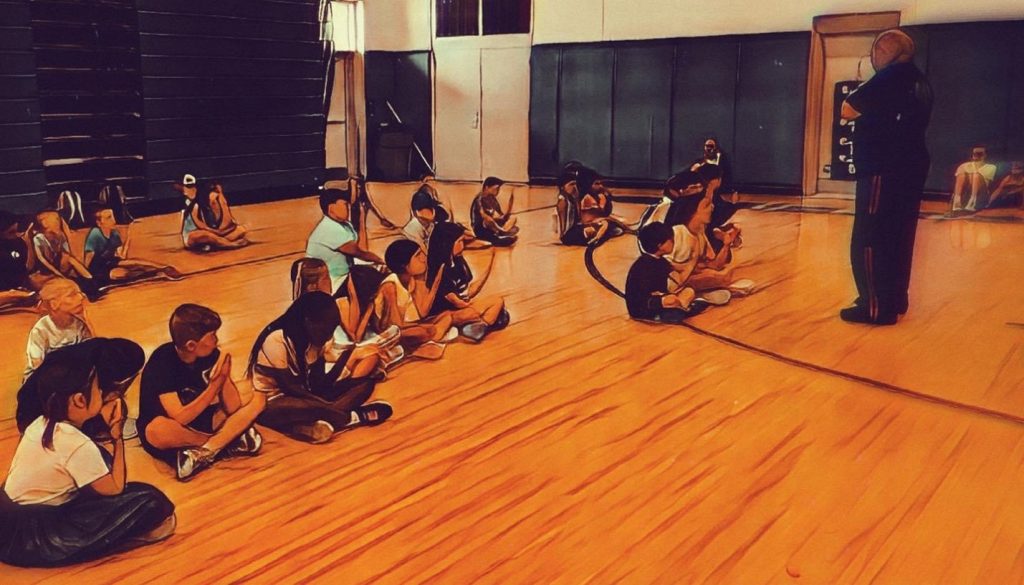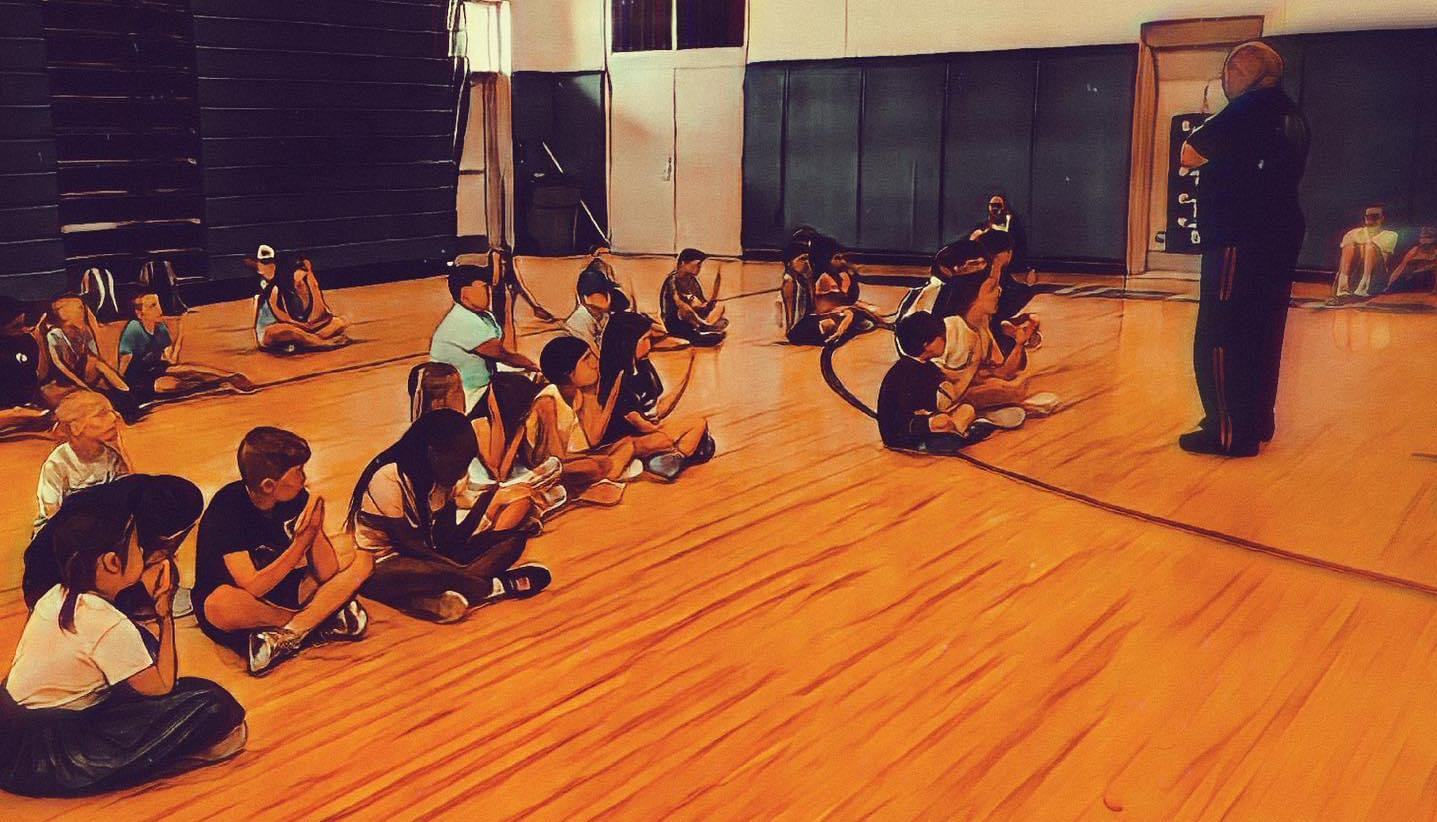A Culture of Honoring Your Community
Counter to how many businesses practice, the small business literature assumes that smaller firms do not have the capitalization or other resources necessary to contribute to non-profit organizations (NPOs), non-governmental organizations (NGOs), or governmental agencies. Much of my research is on determining if the evidence contradicts this blind assumption. However, short of research in progress, I provide anecdotal evidence from my family business, MAK (www.mccoysactionkarate.com), and one of their community collaborative efforts so that you can see that it is easier to help your community than you might think. The cost is usually just your time and passion. Today’s story is about teaching 60 children at the Auburn MA Community Recreation Summer Camp.

A few weeks ago, the Auburn Recreation team called MAK to see if we could teach their kids, at no cost, for an hour each week for two months. They already knew we would do it. Such is our reputation in town for government agencies, NPOs, NGOs, and often for-profit organizations if the subject matter is children’s focus, safety, confidence, and occasionally women’s self-defense. We always say yes. We love to Teach. We decided 30 years ago that helping people was our passion, and teaching martial arts, our business, was one of our tools. Our business culture is realized by taking every opportunity to help those who need our help, outside our normal business hours, without charge if it’s feasible and fair.
Deciding What Your Purpose is for Community Involvement
Changing your organizational culture may not be required, depending on why you want to pursue more community involvement. One of the more practical and popular business culture models, the competing values framework (CVF), might help you decide what change is necessary. You might only need to install a process that lands you in an active, community-centered business lifestyle. (For more on business culture, see https://pgmccoy.com/blog/2023/06/28/organizational-culture-and-success-100-understandable/)The CVF has four predominant business cultures, marketing, hierarchical, clan, and adhocracy. The framework is complex, but the essential parts of this discussion are the four cultures and their characteristics.
For example, if you are a marketing culture, one that is driven by sales as the primary goal and criteria for evaluation, then you would add community involvement to improve brand awareness. If you are primarily a hierarchical organization, where there is one leader and that leader is responsible for the actions, decisions, and changes, taking the responsibility, blame, and credit, then that leader alone would decide if community involvement would enhance or detract from the image desired. If you are a clan culture with highly creative and family-like qualities, your stakeholders would be involved, and you might adopt community involvement because it supports your “family” culture. Suppose you are in an adhocracy culture, where creativity, decentralized governance, individual actions, and holistic-organic decision-making are paramount. In that case, you might be involved with the community because it aligns with your passion, a team member’s desires, or the entire stakeholder community really wants to do it.
MAK, my family’s business, is both adhocracy and clan culture. At the outset or foundation of the organization, we decided that anything that helps our community with children, leadership, safety, confidence, and justice development were all things that we wanted to be known for, even more than our product, martial arts. So, we have contributed time, effort, knowledge, expertise, and money to nearly any NPO, NGO, or government agency that addressed those development issues. For example, for our clan-adhocracy cultured organization, a non-exhaustive list of organizations we have contributed to, and the nature of the contribution, are listed in the table.

As you can see, as a micro-enterprise, most of our contributions were in-kind. In other words, we gave our time and talent. Many of our contributions were for support, education, or providing an activity. Few were monetary in nature. ID-8, run to home base, for example was over a decade of race participation to help raise money for treating military members with PTSD or TBI. We ran in-kind, and we paid the entry fee, monetary. In addition, to magnify the weight of the gift, we created a team of stakeholders who also raised funds, paid fees, and ran. We picked this because two members of our management team have PTSD and brain injuries. We had empathy.
Please note that we did NOT do these things to build our brand. In our culture, clan, and adhocracy, contributing to building brand awareness is a counterculture. That is more of a hierarchical or marketing brand behavior. However, since our attitudes and behaviors were always aligned with our cultural commitment and business purpose, which in our case is to bring honor to God and his people, all of them, this behavior did build our brand. Not the goal, but a measurable outcome.
If you don’t know how to get this ball rolling or how it might apply to you, leave a comment. Or, add some of the things you use to help others roll their community involvement ball.

Do you want to subscribe to my free quarterly Newsletter for small and micro businesses? Click HERE, and subscribe!
My page: www.Pgmccoy.com

Leave a Reply